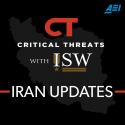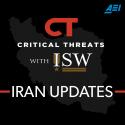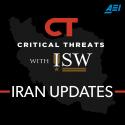Iraq and Syria. ISIS has coerced greater support from the population and expanded attack zones along the Euphrates River, which will allow it to rebuild some capabilities over time. Iranian- and regime-backed activity inadvertently helps ISIS rebuild by undermining Syrian Democratic Forces (SDF) control. ISIS and Iranian- and regime-backed forces will be able to exploit the degradation of SDF control along the Euphrates to strengthen their capabilities.
Somalia. Al Shabaab is increasing the rate and severity of its attacks in northeastern Kenya and against Ethiopian forces in Somalia, likely to boost recruitment and local support in Ethiopia, Kenya, and Somalia. Al Shabaab may also intend to undermine the ability of Ethiopia and Kenya to effectively participate in an offensive against the group in southern Somalia.
Pakistan. The political crisis in Pakistan is exacerbating divisions within the Pakistani military. The Pakistani military fired three senior army commanders and disciplined 15 officers on June 26 over their actions during widespread protests in May. Divisions in the Pakistani military could weaken Pakistan's counter–Tehrik-e-Taliban Pakistan (TTP) operations as the TTP seeks to expand into new parts of the country.
Afghanistan. TTP is using support zones in Afghanistan to support attacks inside Pakistan. The Taliban government is unlikely to change its policies toward harboring foreign fighters in Afghanistan. The Taliban’s continuing failure to prevent the TTP from using Afghanistan to support its campaign against the Pakistani state will strain the relationship between the Taliban government and Pakistan.










